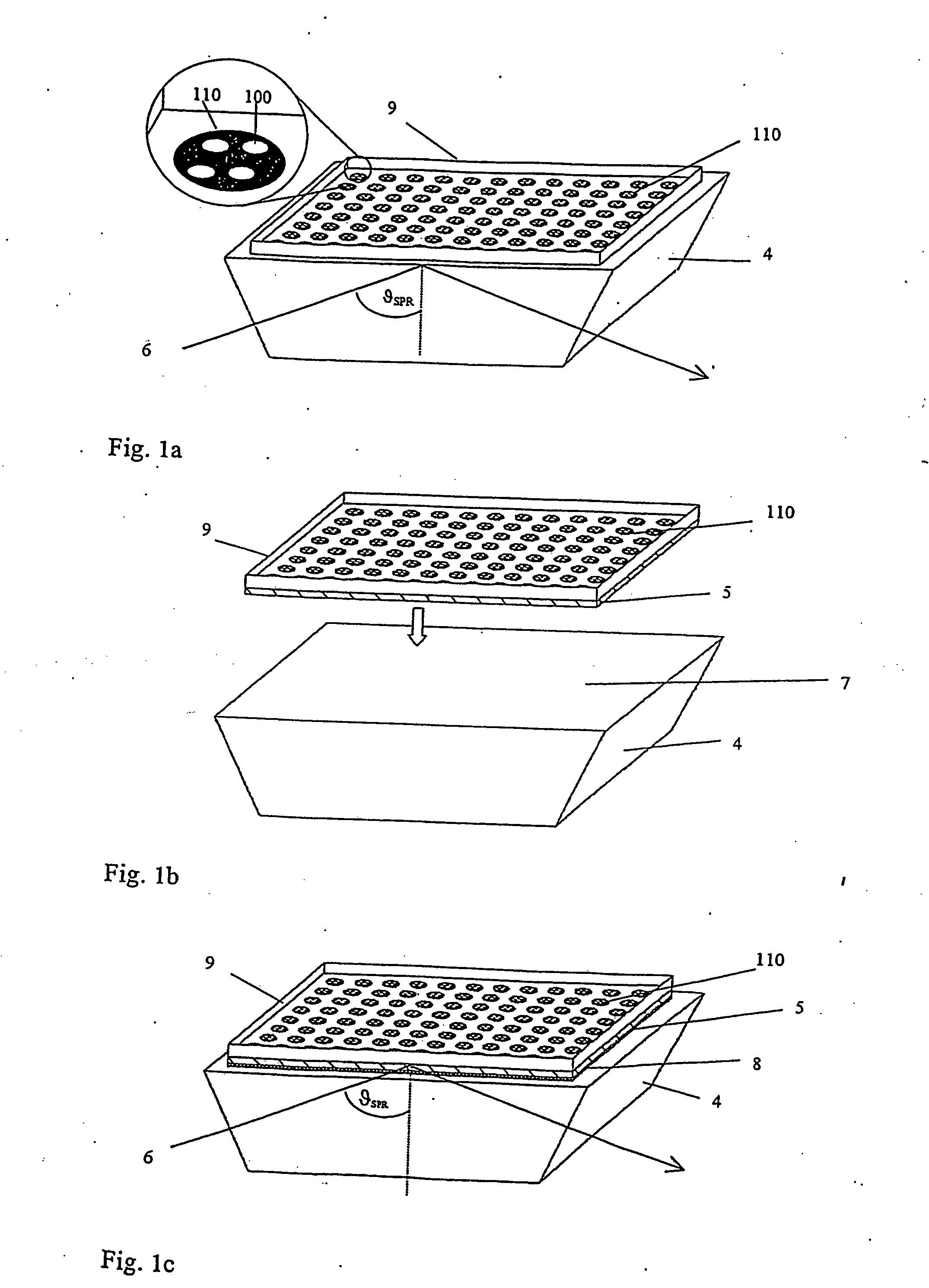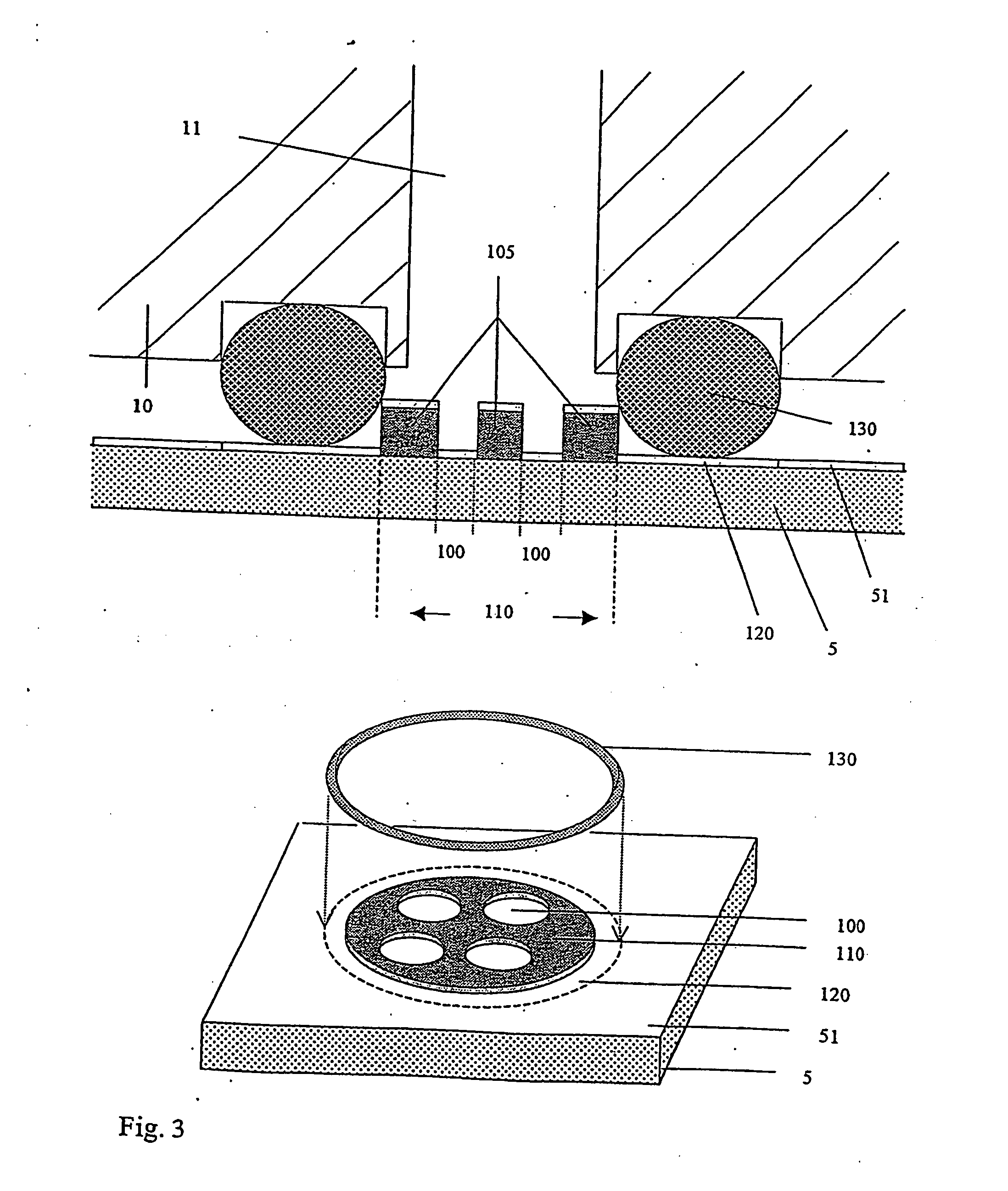Method for the selection and identification of peptide or protein molecules by means of phage display
a phage display and peptide technology, applied in the field of phage display for peptide or protein molecules, can solve the problems of not being able to achieve spatial assignment of beads, affecting the accuracy of phage display methods, and requiring a large amount of beads to be processed,
- Summary
- Abstract
- Description
- Claims
- Application Information
AI Technical Summary
Benefits of technology
Problems solved by technology
Method used
Image
Examples
Embodiment Construction
[0046] The method according to the invention allows the selection and identification of one or more representatives of peptide or protein molecules from a plurality of such molecules. In this context “representative” means that each different peptide or protein molecule in the plurality of molecules does not normally occur as an individual molecule, but is rather present in the protein mixture to a greater or lesser extent. The selection and identification principle is then based on the fact that the peptide or protein molecule sought can interact with one or more previously chosen “selection molecules” to form a bond. These selection molecules are not particularly limited as regards their nature and can have any structure provided that they can be used at all in such a test and are able to form a bond. According to the invention they are therefore also simply referred to as “molecules”. The expression “ligand” is also used within the context of the present invention for those molec...
PUM
 Login to View More
Login to View More Abstract
Description
Claims
Application Information
 Login to View More
Login to View More - R&D
- Intellectual Property
- Life Sciences
- Materials
- Tech Scout
- Unparalleled Data Quality
- Higher Quality Content
- 60% Fewer Hallucinations
Browse by: Latest US Patents, China's latest patents, Technical Efficacy Thesaurus, Application Domain, Technology Topic, Popular Technical Reports.
© 2025 PatSnap. All rights reserved.Legal|Privacy policy|Modern Slavery Act Transparency Statement|Sitemap|About US| Contact US: help@patsnap.com



